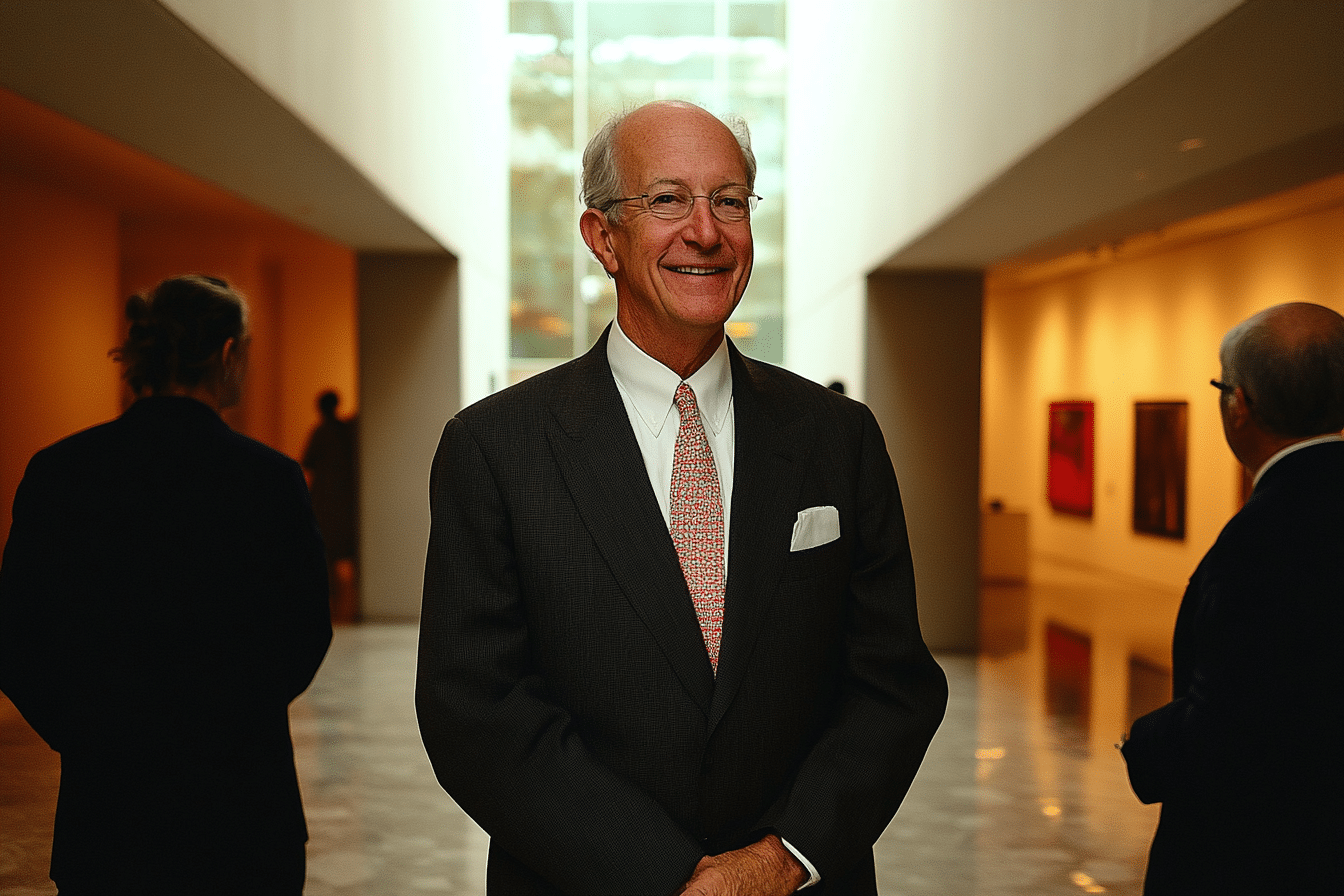After three decades of leadership at the Museum of Modern Art (MoMA) in New York, Glenn Lowry, the longest-serving director in the museum’s history, has decided to step down. The 69-year-old, who has played a pivotal role in shaping MoMA’s modern identity, will vacate his position in September 2025. His departure marks the end of a significant era for the museum and American cultural life.
“It’s the right moment to think about the museum’s future,” Lowry explained in an interview with The New York Times. “All the things I set out to do 30 years ago are either accomplished or in play in a very positive way.”
Transforming MoMA: A Legacy of Expansion and Vision
After serving at Canada’s Art Gallery of Ontario, Lowry took over as MoMA’s director in 1995. The museum saw dramatic transformations during his tenure, including a merger with the P.S.1 Contemporary Art Center in Queens in 2000. Under Lowry’s leadership, the museum also underwent two major renovations. The first, in 2004, increased gallery space from 85,000 to 125,000 square feet. A second $450 million expansion in 2019 boosted the museum’s size by 30%.
Lowry elevated MoMA’s prominence in the art world as a skilled fundraiser and spokesperson. In 2019, he was recognized as the most influential figure in the art world, topping the ArtReview Power 100 list.
Shaping Modern Art’s Narrative
Lowry is credited with growing MoMA’s gallery space and expanding its curatorial focus to include a variety of art forms, such as performance art. His exhibitions and acquisitions often addressed pressing social themes, reflecting his belief that “contemporary art has the power to change the world.”
One example of his forward-thinking approach was the 2016 CNN Style series on migration, which highlighted how art can speak to global challenges.
A Future Beyond MoMA
While MoMA has not yet announced a successor, Lowry’s departure leaves one of the most prestigious roles in the art sector open. His contributions have not gone unnoticed, as the museum’s website attributes the rise in visitor numbers and significant growth in MoMA’s endowment directly to his leadership. The museum now welcomes 2.7 million visitors annually, making it one of the most visited U.S.
As for his legacy, Lowry remains humble. In a recent interview with CNN’s Richard Quest, he dodged a question about which painting he would like to take home upon retiring. “That’s like asking a parent which child he prefers,” he said, finally settling on Paul Cézanne’s The Boy in the Red Vest, a “remarkable portrait.”
Lowry’s retirement marks a turning point for MoMA and the broader art world. His influence has spanned continents, with roles in organizations like the Robert Rauschenberg Foundation and India’s Kiran Nadar Museum of Art. As MoMA prepares for new leadership, his 30-year journey will leave an indelible mark on the museum’s legacy.
As Lowry puts it, “Carpe diem.” Now is the perfect time to plan for MoMA’s future, one that will undoubtedly continue the innovative path he helped pave.
